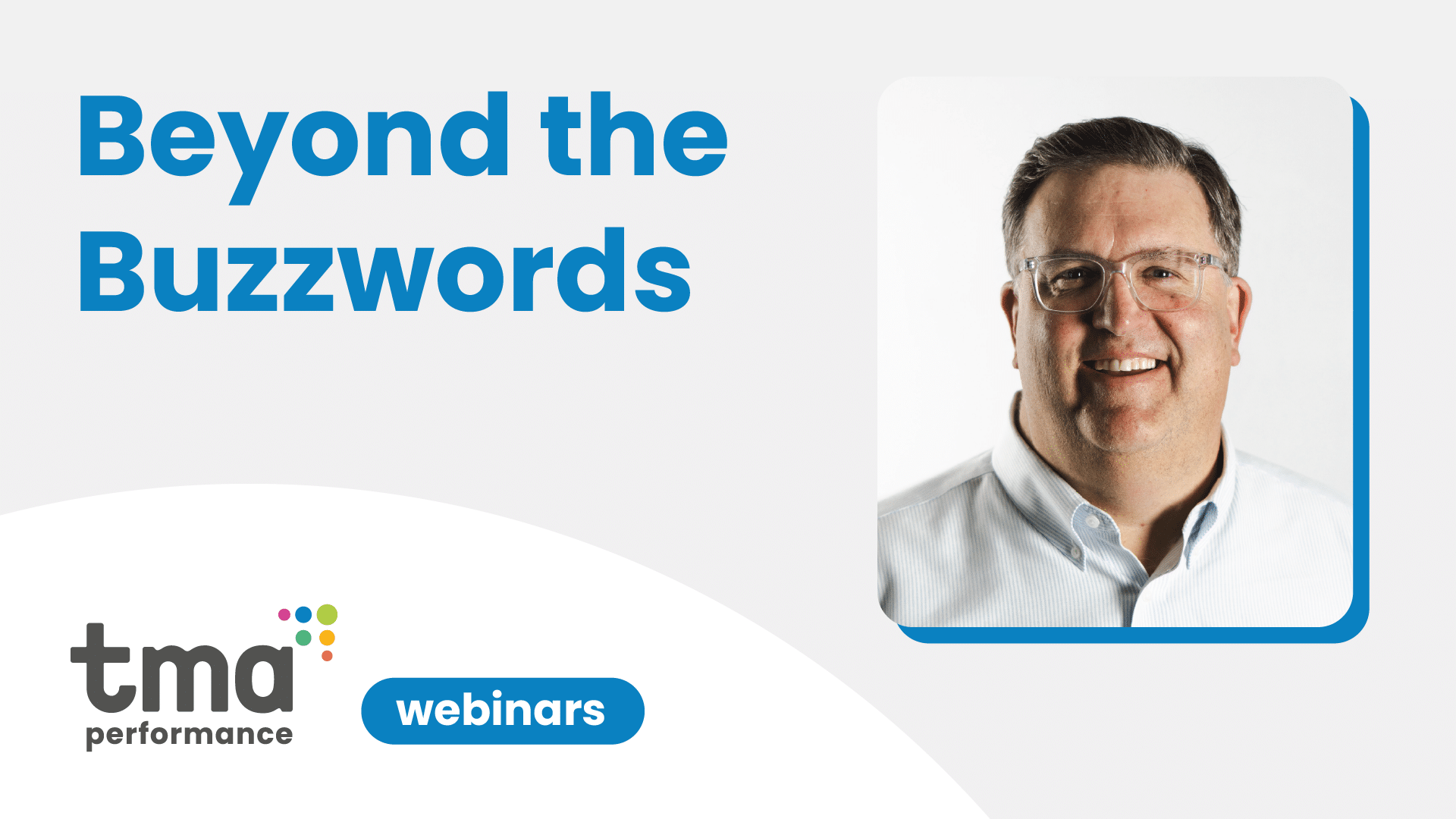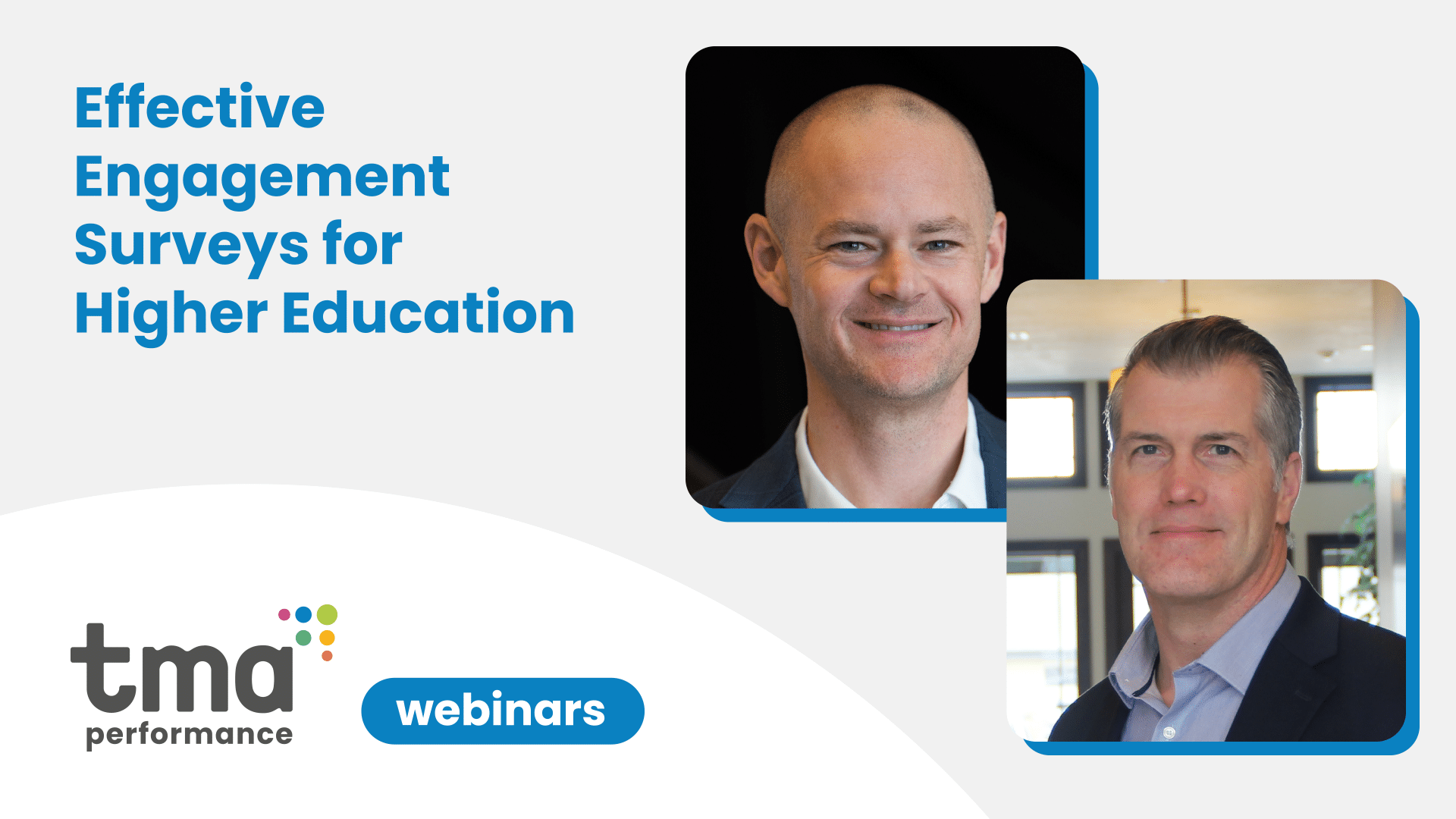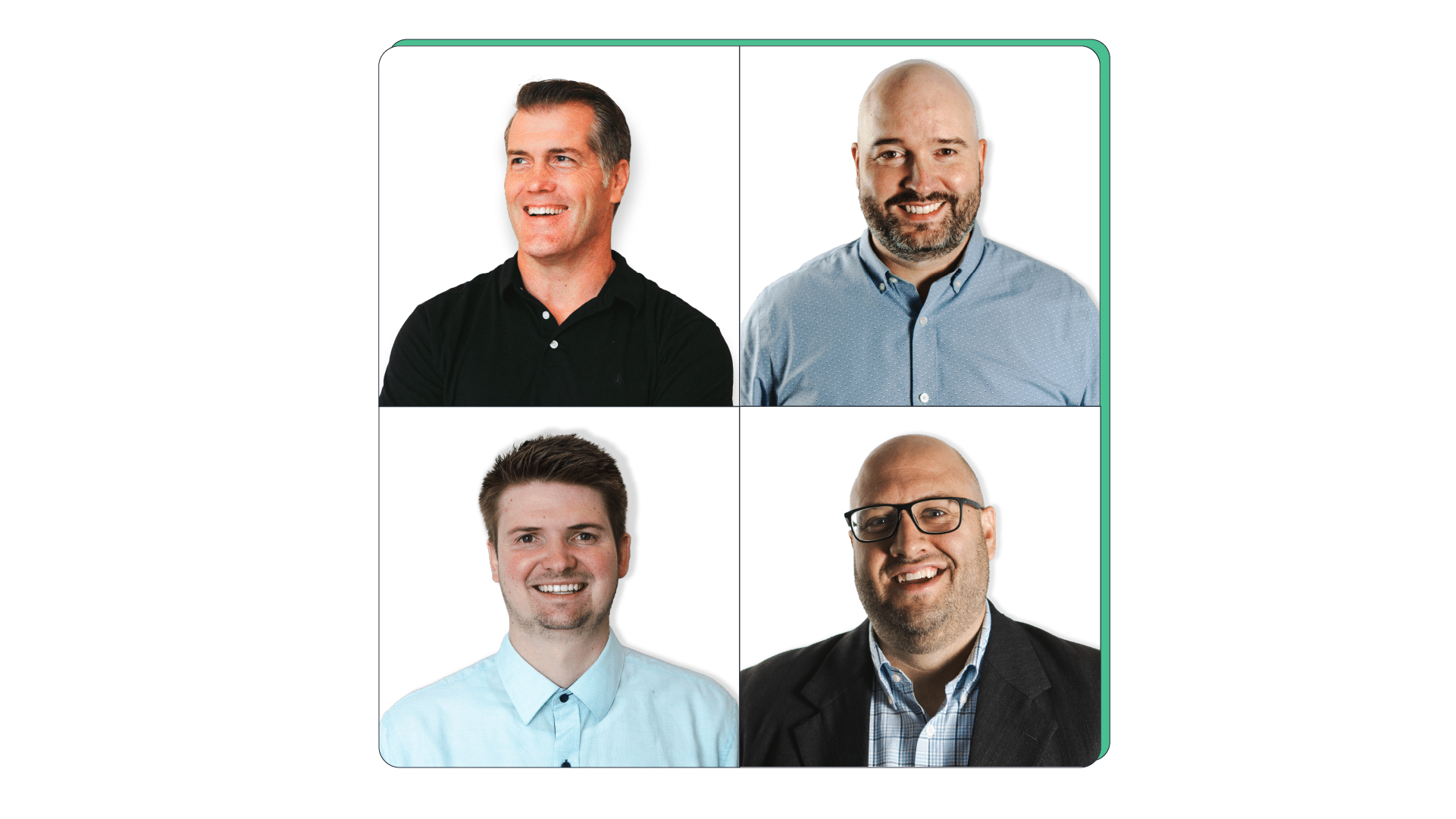Overview
In an evolving political climate, the traditional language and methods for addressing Diversity, Equity, and Inclusion (DEI) can become divisive. This webinar provides a fresh perspective on how to design and implement employee surveys that effectively measure and support a truly inclusive workplace.
Webinar Summary
Navigating the Evolving Landscape of Diversity, Equity, and Inclusion in the Workplace
In recent years, the landscape of Diversity, Equity, and Inclusion (DEI) in the workplace has undergone significant changes, influenced by legal, political, and social factors. This article, based on a recent webinar, explores these shifts and offers insights into how organizations can adapt to the evolving environment.
Legal and Political Influences
Two major Supreme Court cases have reshaped amny organizations’ approach to DEI initiatives. Students for Fair Admissions vs. Harvard challenged race-based affirmative action policies, ruling them in violation of the Equal Protection Clause. This decision emphasizes that decisions should not be based on protected classes such as race. Similarly, the Court in Ames vs. Ohio Department of Youth Services addressed reverse discrimination, highlighting that claims of discrimination do not require additional background circumstances to be valid.
These legal precedents reflect a more conservative judicial perspective, which has in turn influenced national sentiment and corporate policy in connection with DEI. Additionally, executive orders from the Trump administration have rolled back federal DEI mandates, affecting both government and private sectors.
Corporate Responses
In response to these changes, several major corporations have adjusted their DEI strategies. Companies like IBM, Google, and Amazon have scaled back or rebranded their DEI efforts.
Reframing DEI
Organizations are increasingly reframing DEI as a matter of fairness and inclusivity rather than focusing solely on representation. This approach emphasizes creating inclusive cultures where employees feel a sense of belonging. Our research shows that survey statement “I feel like I belong here” has the highest correlation with employee engagement and confidence than almost all other survey questions.
Practical Survey Design
To align with a changing DEI landscape, organizations are revising their survey questions and rethinking some of their DEI initiatives. Current questions focus on belonging, comfort within organizational culture, and fairness regardless of background. This shift moves away from explicitly mentioning protected classes and respresentativeness and, instead, emphasizes inclusivity and respect.
Actionable Steps for Organizations
- Rebrand DEI Efforts: Consider using terms like “fairness” and “inclusive leadership” to reflect a focus on merit-based decisions.
- Conduct DEI Audits: Evaluate representation, pay equity, and promotion rates to ensure inclusivity and fairness.
- Standardize Hiring Practices: Implement blind recruitment and standardize your interview processes to emphasize equality in hiring.
- Promote Fairness and Inclusivity: Train leaders in inclusive leadership and active listening, and continue to support employee resource groups to foster a sense of community.
- Encourage Open Dialogue: Create safe spaces for employees to discuss their experiences through anonymous surveys and focus groups.
Emphasizing Diversity of Experience and Thought
One way to reframe the issue is that organizations shcould focus on two types of diversity: diversity of experience and diversity of thought. Diversity of experience includes varied backgrounds and life paths, while diversity of thought encompasses different problem-solving approaches and perspectives. Both contribute to innovation and better business outcomes.
In conclusion, the ever-evolving DEI landscape requires organizations to adapt by focusing on fairness, inclusivity, and the business case for diversity. By reframing DEI efforts and emphasizing diversity of experience and thought, companies can create more inclusive and innovative workplaces.




